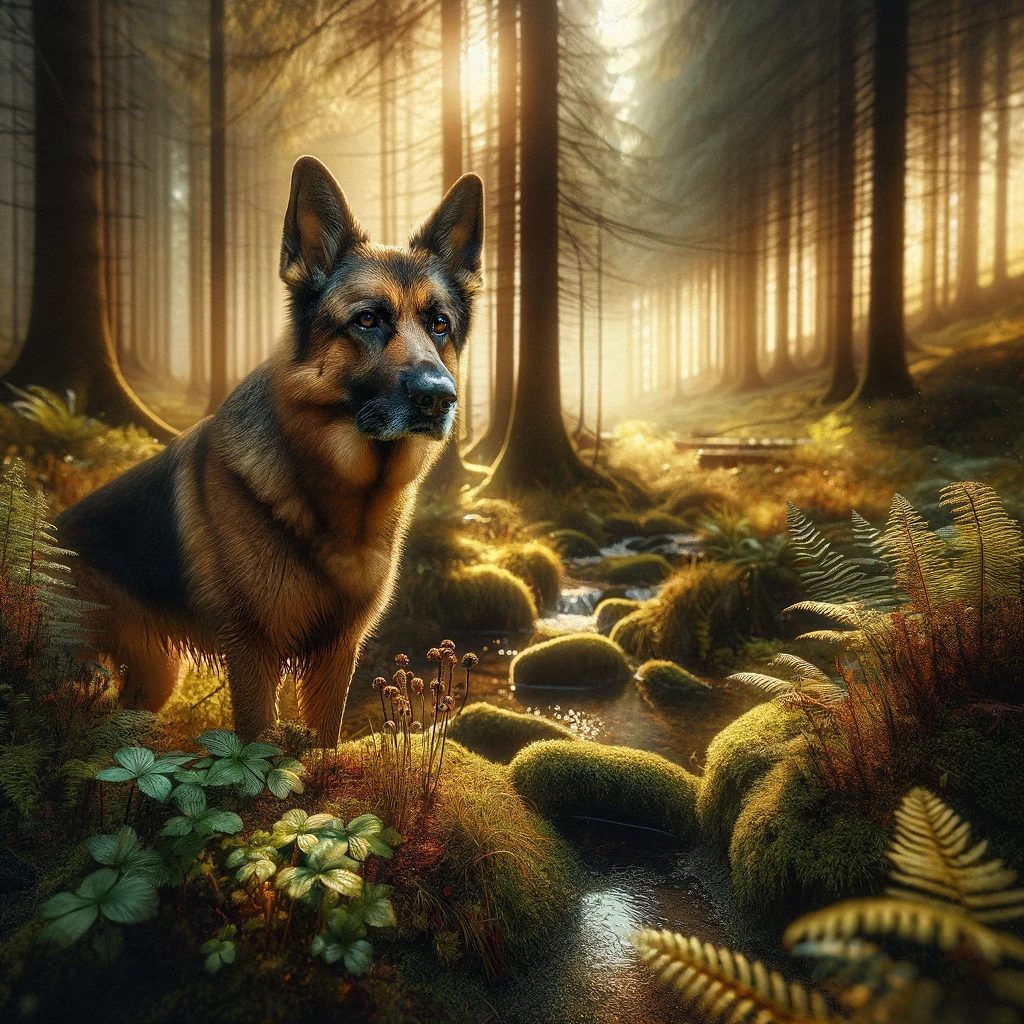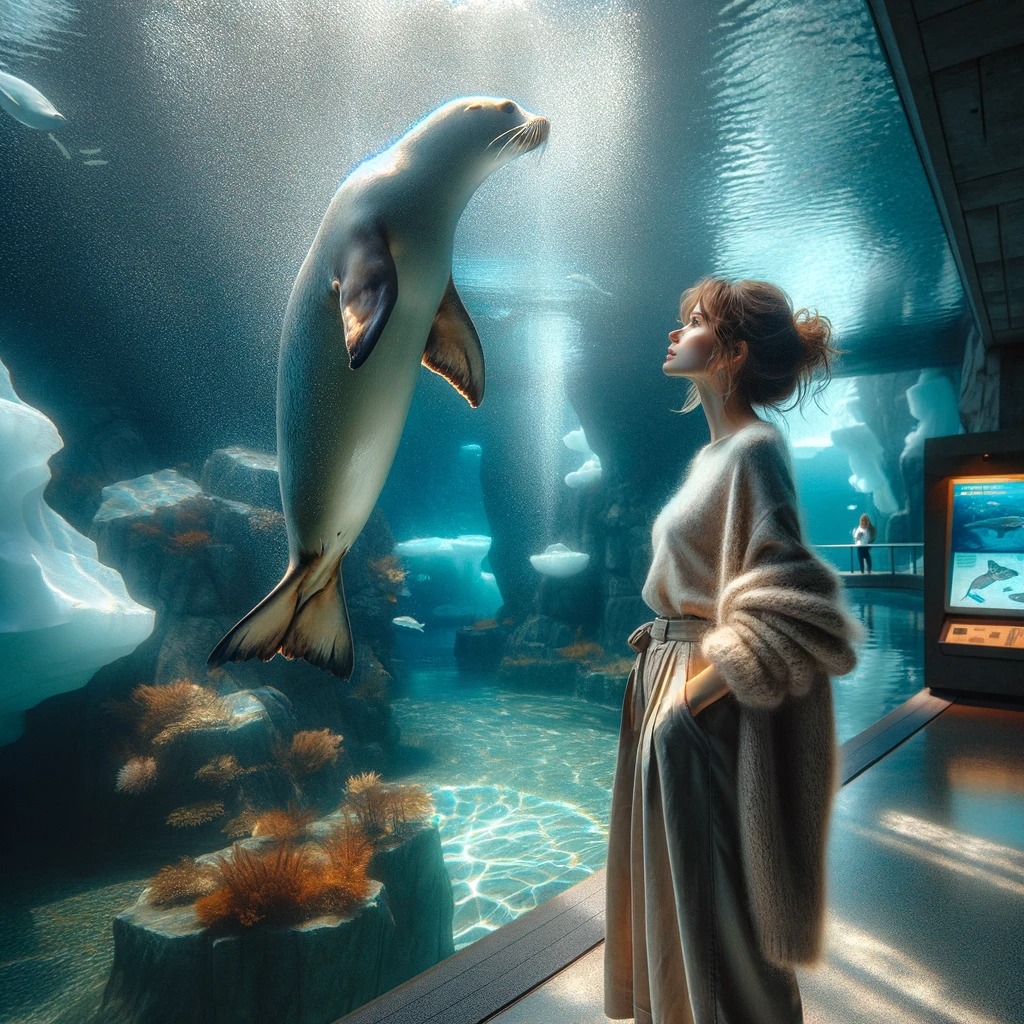In the ever-evolving battle to protect our environment, an unlikely but highly effective ally has emerged – the canine detective. Dogs, with their extraordinary sense of smell, are increasingly being enlisted to combat various environmental threats, from wildlife trafficking to pollution monitoring. This blog post delves into the unique capabilities of these canine detectives and explores how they are contributing to the preservation of our planet.
Understanding the subtle expressions and body language of dogs is key to deepening the bond we share with our furry companions. Dogs communicate in a variety of ways, using their body, tail, ears, eyes, and vocalizations to express a wide range of emotions and intentions. This blog post explores the nuanced language of dogs, providing insights into decoding their subtle expressions and what they mean, thereby enhancing our understanding and connection with man’s best friend.
In the intricate world of canine behavior, the concept of how dogs perceive the passage of time presents a fascinating area of study that intrigues both pet owners and scientists alike. This subject is not just about the counting of hours and minutes; it delves into the deeper understanding of canine cognition and the unique ways in which our furry companions experience the world. Exploring how dogs perceive time offers insights into their behavior, emotions, and the bonds they share with humans.
The Arctic: a canvas of white and blue, stark and stunning in its frozen tranquility. Here, life endures in the frigid embrace of ice, where the cold is not a barrier but a defining element of existence. The animals that call this icy fortress home are marvels of evolutionary ingenuity, having adapted in body and spirit to the relentless chill of their domain.
In the vast and mysterious theater of the ocean, scavengers play a lead role in a continuous performance of life and death. They are the silent custodians of the deep, tirelessly working behind the scenes to maintain the equilibrium of aquatic ecosystems. From the tiniest of shrimp to the great whales, these cleaners of the sea ensure the ongoing health and vitality of their marine world.
In the quiet of the forests, the deserts, and even our backyards, animals display behaviors that stir a sense of kinship within us. They mourn, they comfort, they show empathy — they grieve. As observers, we are drawn into their world, finding that the capacity for compassion is not a trait owned by humans alone. The following narratives reveal the profound and moving ways in which animals demonstrate their grief and compassion.
As cities expand, the boundary between the urban sprawl and the natural world blurs, creating a mosaic where concrete and chlorophyll coexist. In these unexpected wilds, a variety of species display a remarkable ability to adapt, thrive, and sometimes even outcompete their rural counterparts. This post explores the resilience of urban wildlife, celebrating the adaptable creatures that navigate our cityscapes with surprising finesse.
The sea, a vast expanse of blues and greens, is a world filled with mysteries, where the largest of Earth’s creatures speak in a language of moans, clicks, and songs. This is the world of the whales, where communication bridges the fathomless depths, creating connections and narratives as rich and complex as any human tongue. The conversation of whales is not just a biological phenomenon but a tapestry of cultural tales that ripple through the ocean currents.
In the grand arena of nature, every day is an Olympic event, where speed, strength, and stamina are not just for show but essential survival skills. From the cheetah’s breathtaking sprints to the elephant’s formidable power, the animal kingdom is a showcase of athletic prowess that rivals even the most well-trained human athletes. This blog post celebrates the incredible physical abilities of various animal species and the evolutionary marvels that make them possible.
The sight of a baby animal often elicits an immediate and powerful response—our voices soften, our eyes widen, and a smile seems to spread across our faces as if by reflex. There’s a universal quality to this reaction, transcending cultures and continents. What is it about these juvenile creatures that can melt the hardest of hearts and entice a chorus of coos from the most reserved of characters? The allure of baby animals is not just a matter of emotion but a fascinating interplay of biology, evolution, and psychology.










